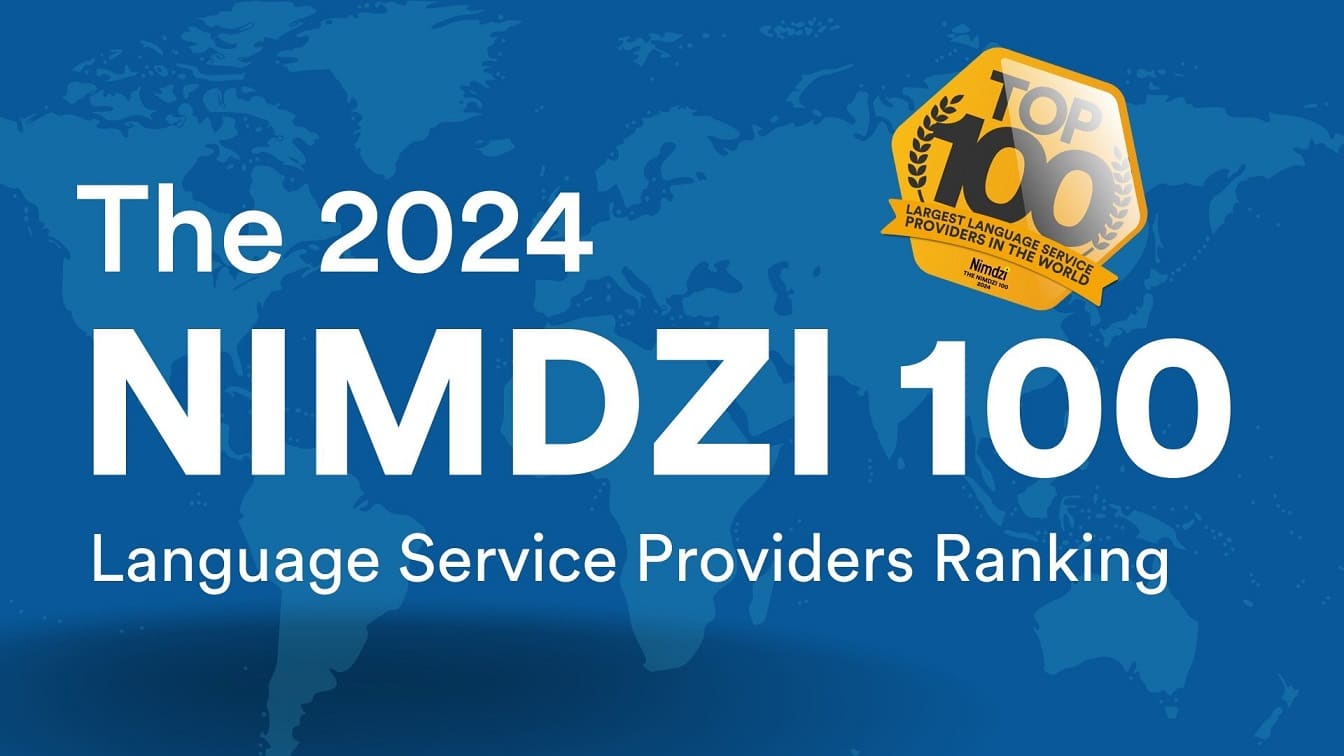Verbit’s leadership are excited to announce the release of our full support for Real-Time Messaging Protocol, or RTMP. RTMP can benefit broadcast companies who are streaming events in real-time, as it supports what’s known as low-latency streaming. It is also well known for minimal buffering, which enhances the user experience.
“This is a game-changer and an offering of great importance for the market and our media community, especially broadcasters and others who are regularly live streaming” said Maya Piper, Director of Professional Services & Pre-Sales at Verbit.
What is RTMP?
RTMP is a live streaming protocol. Essentially, it’s part of the technology that makes live streaming possible. Hundreds of platforms support RTMP, including YouTube, Vimeo, Livestream, Twitch, DaCast, Periscope and Facebook Live.
The technology was originally developed to work with the Adobe Flash player to transmit content between a video player and a server, a process which was referred to as RTMP delivery. Now, RTMP’s primary role was evolved. It delivers content from an encoder to an online video host with a function known as RTMP ingest.
In this new live streaming role, RTMP is critical and powerful. The technology plays a role in adaptive-bitrate streaming and makes it possible for users to fast-forward and rewind videos. RTMP also comes to play with many web conferencing tools. With more networks and content producers investing in streaming, as well as more events and meetings happening virtually, RTMP helps to deliver on these livestreams. Most encoders use the RTMP stream format.
Here’s a helpful video from live-streaming platform provider Wowza to help further visualize and understand RTMP and how it works.
How does the process with Verbit work?
The process with Verbit can vary based on the customer and their unique setup. Verbit’s team will work with each customer to define their needs to ensure the process accommodates their workflow.
However, one example includes providing Verbit with an RTMPS to ingest into its RTMP Server, rather than providing a Zoom link as many are used to doing.
In this scenario, the customer would connect to Verbit’s RTMP to ingest into its RTMP Server. Verbit will provide an RTMPS address for the user to push the video stream. Once Verbit receives the audio, it asks for an endpoint to push the captions created. For example, for livestream, the user needs to provide the Stream URL and Stream Key of the endpoint where they want to publish the stream.






